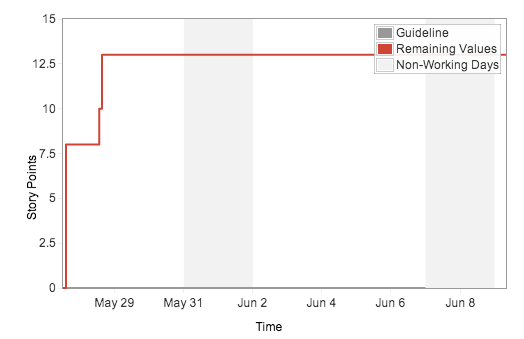Or insert your provocative title here!
A tweet by my mentor @SAlhir alerted me to an article about possible dangers of mindfulness. As I consider myself “interested” in meditation, buddhism, mindfulness and stuff like that–but by no means an expert–I was intrigued.
I’d love to know what the Buddhist Geeks think of the article, dealing as it does with the use of mindfulness training in the workplace. Perhaps they’ll do a podcast about it (or already have, I’m a little behind in my listening). Certainly I have heard enough about the difficulties faced by serious meditators at breaking through to different levels of awareness to know that mindfulness or awareness can be difficult.
There must be many people like “Claire” who work hard, and on many levels “do well.” (Wait, you’ll get more out of my post if you’ll go read the article.) But we are complex beings with many more levels, that is, levels on which we do not do well. Or levels with which we are completely unfamiliar. For individuals seriously pursuing awakening through meditation, it is the challenge of discovering and coming to terms with these ‘deeper’ (implying buried, hidden) levels that is important. But for ‘casual’ meditators, such exploration may be dangerous, as revealed by “Claire.” Outward Bound hires guides and has protocols to protect those who venture on their physical journeys. Similar precautions really ought to be applied to exploring the layers of one’s mind, thinking and personality.
So why am I writing about this on my “agile coach” blog?
I was particularly struck by this sentence in the Guardian article:
After all, it’s harder to complain that you’re under too much stress at work if your employer points out that they’ve offered you relaxation classes: the blame then falls on the individual.
This suggests, I think rightly, that employers while well-intentioned, aren’t addressing the root causes of employee stress. That’s a bad thing; it won’t lead to true resolution of any problems.
That’s still not related to agile; here’s how I make the connection: a team/company/whatever that adopts agile practices–or especially one that adopts agile ‘rules’ or ‘best practices’–is like those employers offering a week of mindfulness training to it’s Type A personalities. It’s a band-aid, it’s potentially a ruse, it’s potentially dangerous.
Applying principles of agility, and I’ll point especially to the practice of regular and frequent retrospectives, without being prepared to properly deal with the consequences, is like mindfulness training on your lunch break. Or like sending your employees into the desert for 40 days and expecting them to come back enlightened.
A team that starts agile behavior will
- encounter and expose company weaknesses quickly,
- find themselves in conflict with each other,
- be frustrated by conflict with partners outside the team
and will peel many more layers of the enterprise onion, shedding a lot of tears. The team and the enterprise need to expect difficulty and be committed to working through those difficulties as they arise.
If you don’t follow through, if you don’t take your agility journey *ahem* mindfully, you will end up with serious problems, maybe worse than what you started with (or maybe not worse, but more visible). And as can be the case with mindless “mindfulness training,” the employer will blame the team. Net-net: bad.
It’s not plug-and-play, attend-this-seminar-and-be-great, follow the rules or paint-by-numbers. If an Agile Coach or an Agile Consultancy offers you a two-week plan to Transform, keep looking.
Okay, end of rant. Hope you enjoyed it.



